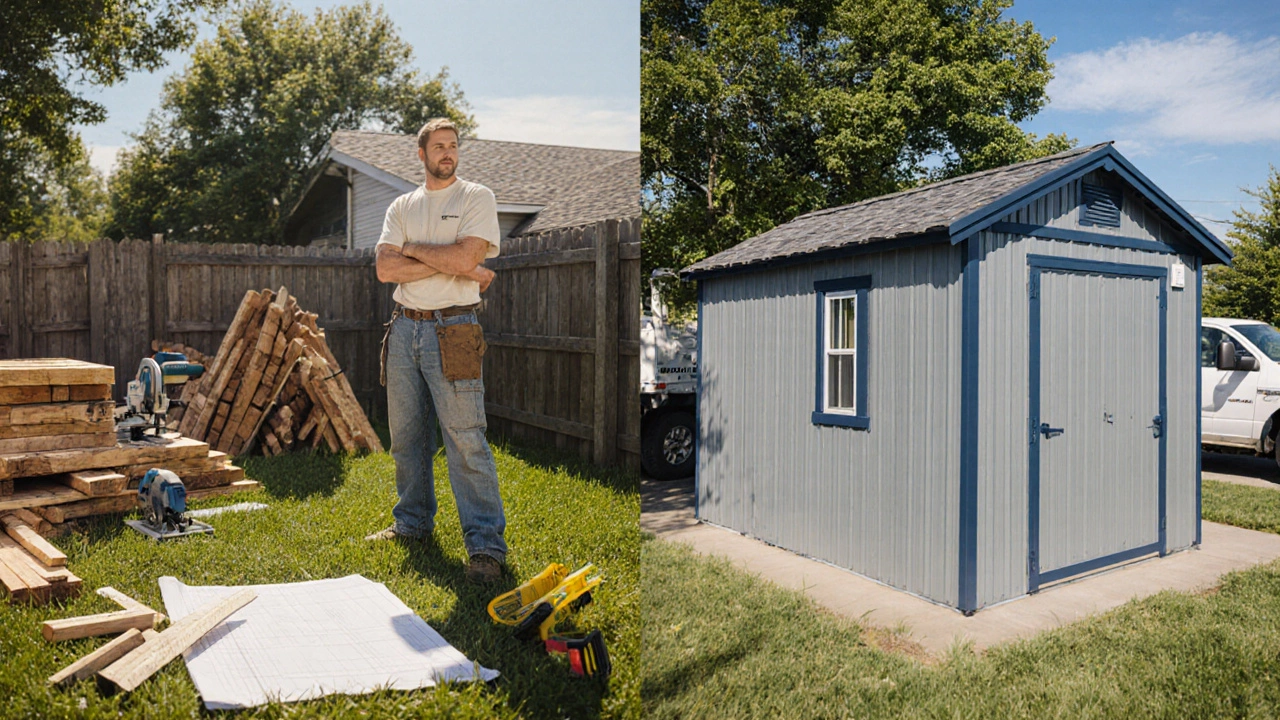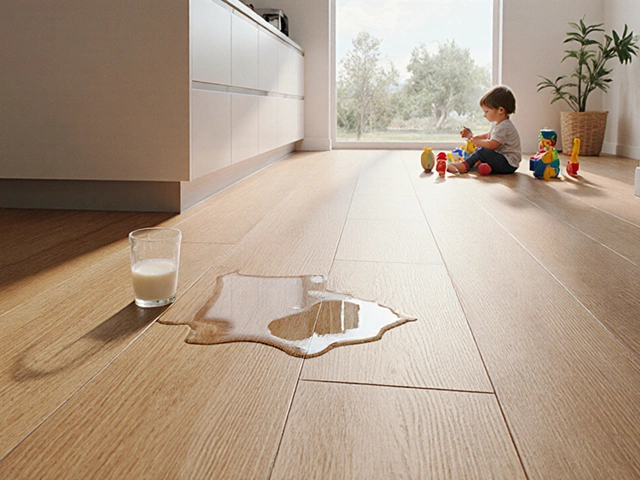Labor Savings Ideas for Home Projects
When planning Labor Savings, the practice of reducing work effort and costs in home projects. Also known as work efficiency, it helps homeowners finish upgrades faster and cheaper. DIY, self‑performed tasks that cut labor costs is a core driver, while Budgeting, planning finances to avoid overspend provides the financial framework. Finally, Home Renovation, any improvement work on a residence benefits directly from these efficiencies.
Labour savings means you can finish a kitchen refresh or bathroom upgrade without hiring extra help every step of the way. The first semantic triple is clear: Labor savings encompasses DIY methods, meaning each task you tackle yourself trims down labor fees. The second triple shows that labor savings requires budgeting strategies, because without a cost plan you may end up hiring pros anyway. Third, budgeting influences home renovation efficiency—tight budgets push you to choose tools, materials, and layouts that are quicker to install. Fourth, DIY reduces labor costs directly; swapping a costly contractor for a weekend upholstery project slashes expenses. Fifth, efficient design improves labor savings by simplifying the workflow, such as using modular shelving that fits together without complex cuts.
Key Ways to Boost Labor Savings in Everyday Projects
Start with small wins that stack up. Re‑upholstering a couch cushion, for example, replaces expensive new furniture and teaches you how to handle foam, stitching, and cover removal—skills that pay off across future projects. A quick bathroom makeover can be achieved with budget‑friendly upgrades like new hardware, smart lighting, or a fresh coat of paint, each requiring minimal labor but delivering high visual impact. Even something as simple as hanging curtains at the right height can make a room feel larger without the need for professional blinds installers. When you combine these actions with smart placement decisions—like positioning a dressing table near a window to use natural light rather than adding extra lamps—you save both electricity and the labor of installing additional fixtures.
Efficiency isn’t just about doing less; it’s about doing smarter. Choosing affordable flooring options such as luxury vinyl plank or laminate lets you install a durable surface in a day, avoiding the long‑term upkeep associated with higher‑maintenance materials. Pair that with thoughtful layout planning—like leaving enough clearance between a refrigerator and stove—to keep future cleaning and repairs simple. This kind of foresight cuts down the hours you’d otherwise spend on troubleshooting, repairs, or redesigns later on.
All the articles below dive deeper into specific labor‑saving tactics: from how to safely place appliances side‑by‑side, to the best curtain‑hanging heights for a polished look, to mixing light and dark furniture without extra effort. Whether you’re a first‑time DIYer or a seasoned renovator, you’ll find actionable tips that reduce the time and money you spend on each room. Ready to start trimming labor costs while still achieving the look you want? Keep reading to uncover the full range of strategies tailored for every corner of your home.






